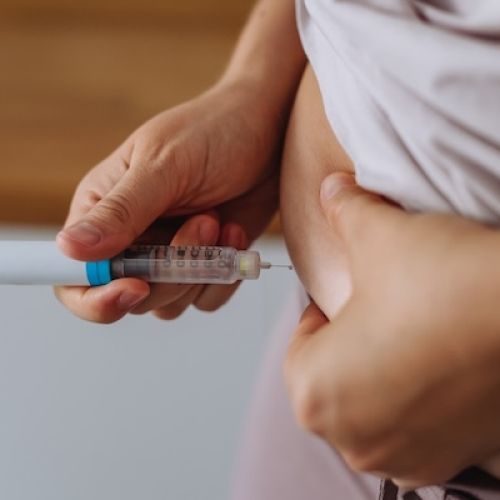How Long Does it Take Tubes to Heal After Tubal Reversal Surgery?

If you made a decision to have your tubes tied, but years later decide you’d like to have a baby, you may be able to have tubal reversal surgery. A tubal ligation clamps or seals the fallopian tubes to prevent pregnancy. Tubal reversal surgery rejoins the part of the fallopian tube that was previously clamped so that an egg can pass through.
How long does it take tubes to heal after tubal reversal surgery? It’s natural to have questions about how soon you recover from this type of procedure so you can return to your normal routine. The team at the Center for Reproductive Health is available to help you understand what’s involved in tubal reversal surgery and how long it takes to recover.
Am I A Candidate?
Before having tubal reversal surgery, your doctor evaluates your overall health and the likelihood that reversing your tubal ligation will allow you to successfully conceive. Some of the factors considered include:
- Your age
- The type of surgery you had done
- How much fallopian tube is undamaged
- Whether you have any gynecological disorders such as endometriosis, pelvic inflammatory disease or fibroids
Your doctor also considers whether you have any autoimmune diseases that might affect pregnancy. The health of your partner’s sperm is also considered before performing this procedure. If you’re not a good candidate for this procedure, IVF is another option that may help you to have a baby.
The Procedure
A tubal reversal is an outpatient procedure that usually takes about two or three hours. You’re asleep during the procedure and won’t feel any pain. After the procedure, you’ll stay at the medical facility for a couple of hours. You may have nausea and discomfort at first and your doctor may prescribe medication to help control side effects of the procedure.
Recovering From Tubal Reversal
Recovery time can vary from one woman to another. You may have some pain and tenderness around the incision site and the incision site needs to remain clean and dry to promote optimal healing. Most women can resume normal daily activities in a week or two. During the first month after surgery, you should avoid lifting anything over 20 pounds. You can resume having sex two or three weeks after the procedure.
A post-op visit is scheduled after the procedure. At this visit, your doctor checks to make sure your healing is progressing as expected.
Pregnancy After Tubal Reversal
The hope is that having a tubal reversal gives you a good chance of having a healthy pregnancy. Many women go on to conceive within a year of a tubal reversal. Age is an important factor in your ability to get pregnant after this procedure. Success is affected by the type of tubal ligation you originally had done, the amount of tube that’s left and the experience level of your surgeon.
The experts at the Center for Reproductive Health work closely with you to answer any questions you may have about recovering from tubal reversal surgery and things you may be able to do to help fertility. Schedule a consultation today.




